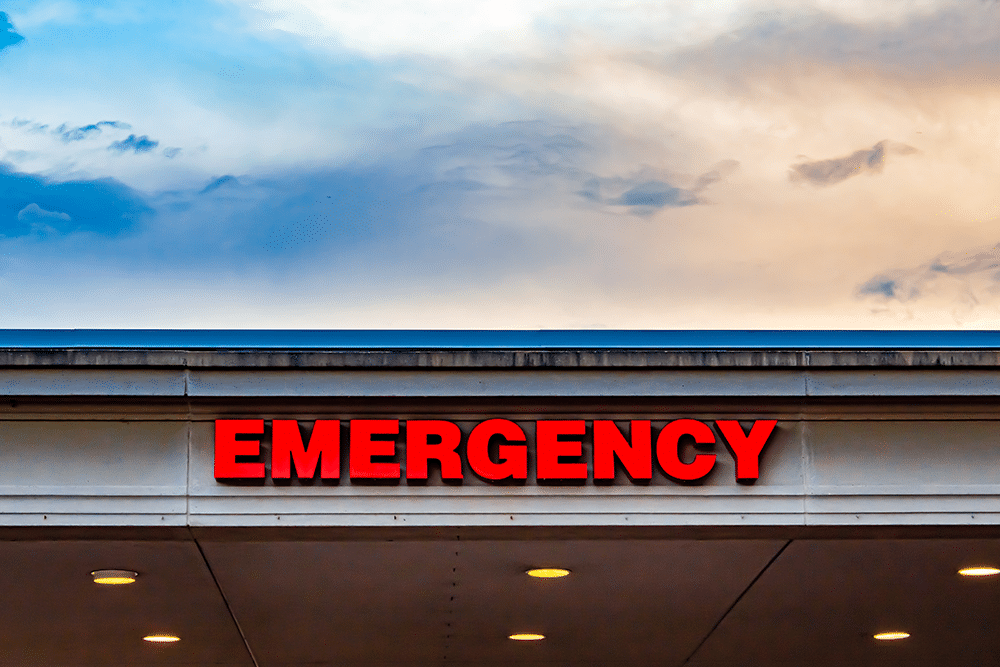There must be a better way to provide emergency health services. I write this from the perspective of a recent emergency room patient of Jefferson Hospital in Center City, Philadelphia.
On July 11th, 2022, around 11am, I was in my Cherry Hill office when I began to experience a tingling sensation in both my arms and legs. Soon after, I became light-headed and began to experience a numbing sensation around my mouth. This was when I became concerned, as I thought these were potential symptoms of a stroke. Being involved in stroke advocacy groups in the past, I knew I potentially needed immediate medical attention, and the best place to be in the Philadelphia region for a stroke was Jefferson. I called both my doctor and my wife instead of 911 because I did not want to go to the local South Jersey hospital. I wanted to go across the bridge to Jefferson Philly.
With the closing of nearby Hahnemann Hospital in Philadelphia, I knew Jefferson would be crazy, and I was correct. However, I also knew if I walked in and advised at check-in that I was having stroke symptoms, they would triage me right away. This is exactly what happened. I had an immediate EKG and CT scan, with both proving negative. It was concluded I did not have a stroke, which was certainly a relief, but what was the cause of my symptoms?
I immediately blamed it on the quinoa I ate for lunch that day. This drew a nice chuckle from the staff. I arrived at Jefferson at approximately 1 pm on the afternoon of July 11th, courtesy of my wife and son. My wife and I left Jefferson at approximately 10:00pm the same evening. The nine hours spent in a big city emergency department was a microcosm of what is wrong with our health care system and the lack of health care coordination.
After the CT scan, I sat in the waiting area with my wife for about four hours. During that time, I met a gentleman in a wheelchair who asked for a few of my wife’s peanut M&Ms she was eating. If you know anything about my wife, she does not share her peanut M&Ms with anyone. Instead, I purchased Tastykake Krimpets and M&Ms from a vending machine for this gentleman. To repay the favor, he, in turn, took out a deck of cards and proceeded to teach me card tricks for the next half hour. We also witnessed several people being carried in on stretchers due to some form of trauma, and several people, including several apparently homeless individuals, being escorted out by security and police.
At approximately 5pm, my name was called, and I was escorted to bed 10H. The beds were completely full that day. As a result, bed 10H was a gurney outside of room 10 in a narrow hallway. I was told my wife could not accompany me and must wait in the waiting area. I was given a sheet and told to stay there. Fine for me, but what about an elderly patient? What about someone who does not speak English? What about someone with dementia? The hallway was so narrow that each time a cleaning cart came by (which was often), I had to lift up my legs for the cart to avoid hitting me.
Then, as expected, an ER resident interviewed me. I explained what happened, including the quinoa theory, which once again elicited a chuckle. The attending then came by an hour or so later. I once again asked for my wife to be allowed to hang with me in the hallway at bed 10H, which was finally permitted. The attending requested I walk back and forth in the hallway, but I was interrupted once again by the cleaning cart, as well as other patients being transported past my bed.
Later that evening, I had a neurologist consult. Finally, around 10:00pm, I was discharged with follow-up instructions for additional testing. However, although the attending doctor was a nice guy, he nor anyone else advised me about insurance coverage difficulties for the additional testing.
Spending a full day in the ER did give me a new appreciation of what our clients go through in an emergency. It also convinced me why we do what we do. Advocacy is needed more than ever to help individuals and families navigate the health care system. There must be a better way to deliver health care services, even in light of COVID-19. Let’s work together to improve our health care delivery system.


